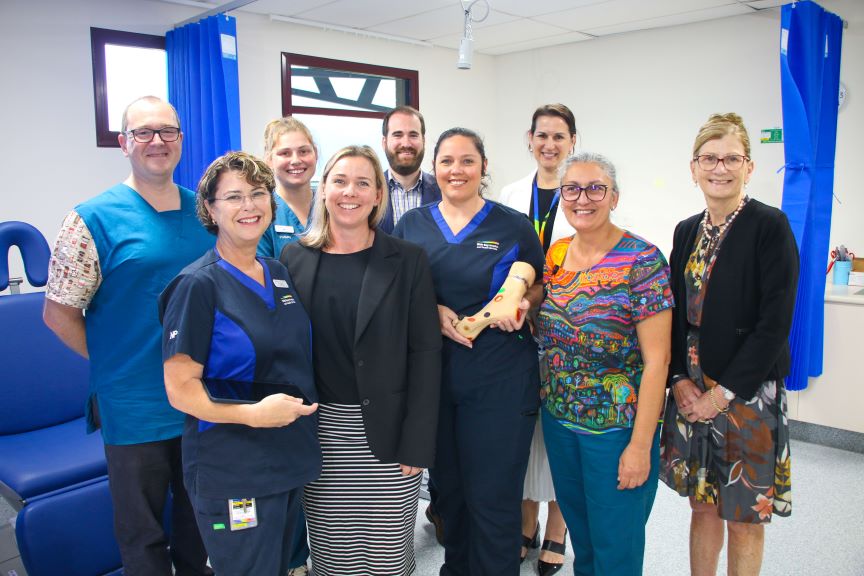
Pressure injuries pose a significant risk to the health and well-being of inpatients.
While these injuries are commonly associated with elderly patients or those with poor mobility, their prevention and management are essential across all patient demographics.
Podiatrists can play a crucial role in the prevention and management of this, focusing on the health of the feet and lower extremities.
Podiatrists specialise in diagnosing and treating conditions related to the feet and lower limbs.
Their expertise extends to recognising factors that contribute to pressure injuries, including poor circulation, loss of sensation, skin integrity issues, and inappropriate footwear.
Senior Podiatrist Alastair Ginman said one of the primary roles is to assess patients' risk factors, such as diabetes or peripheral vascular disease, which can exacerbate pressure injury development.
“Once a pressure injury has developed, a podiatrist’s knowledge and skill in wound care can significantly enhance the recovery and healing, reducing the burden of disease and suffering for the patient,” he said.
“One aspect of our work involves educating patients and caregivers about proper foot care.
“For instance, we guide on appropriate footwear, which is vital for preventing pressure injuries.
“Ill-fitting shoes or prolonged pressure on specific foot areas can lead to skin breakdown and ulcers.”
Alastair said podiatrists can also offer strategies for relieving pressure, such as custom orthotics or offloading devices, to redistribute weight and reduce the risk of injury.
“By integrating foot health into broader pressure injury prevention strategies, we can help reduce the incidence and severity of these injuries,” he said.
“Our proactive approach not only addresses immediate foot concerns but also contributes to overall patient well-being, highlighting the importance of specialised care in pressure injury prevention.”